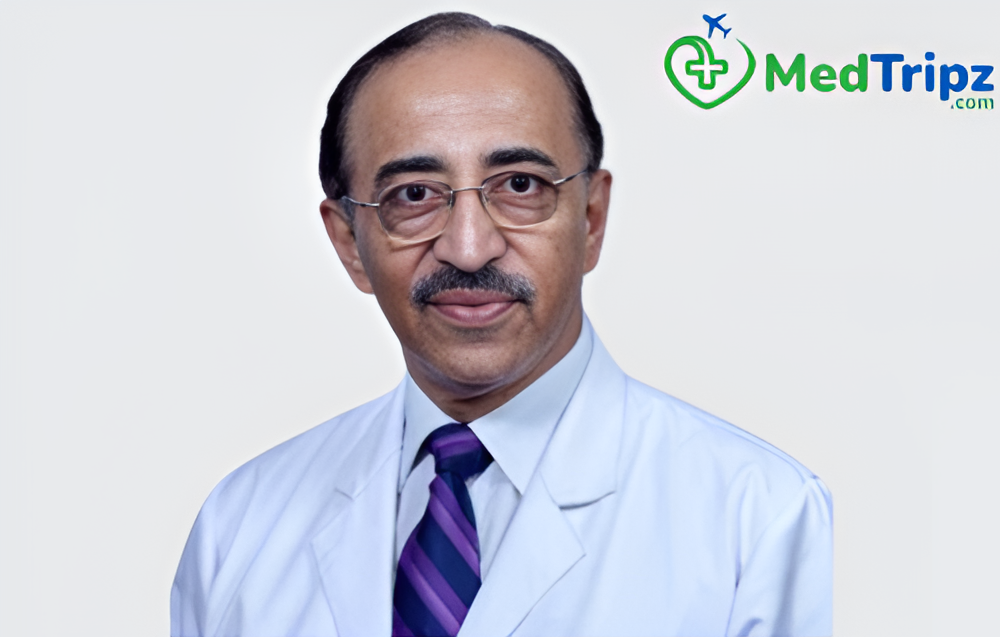Procedure Type
SurgicalProcedure Duration
1 - 3 HoursHospital Stay (Days)
1 - 3 daysGynecomastia refers to the abnormal enlargement of breast tissue in males, often caused by an imbalance between the hormones estrogen and testosterone. This condition may occur during puberty, adulthood, or older age and can affect one or both breasts. It’s not always linked to a serious medical issue but can be associated with obesity, hormonal disorders, certain medications, or the use of substances like anabolic steroids, alcohol, and marijuana. Identifying the underlying cause is crucial for choosing the right treatment strategy.
Diagnosing gynecomastia typically involves a physical examination, a detailed medical history, and, in some cases, blood tests or imaging studies such as ultrasound or mammography. The goal is to confirm whether the breast enlargement is due to true glandular growth or simply excess fat (pseudogynecomastia). Distinguishing between these helps in deciding whether treatment should be surgical, medical, or lifestyle-related.
Treatment may be necessary if gynecomastia causes pain, emotional distress, or does not resolve on its own over time. While mild cases that develop during puberty often disappear without intervention, persistent or severe enlargement may require medical or surgical correction. Adults experiencing social anxiety, discomfort while wearing clothes, or low self-esteem due to breast size may also benefit from treatment options.
Surgical treatment for gynecomastia is often performed through liposuction, excision, or a combination of both. Liposuction removes excess fatty tissue through small incisions, while excision involves removing glandular tissue or excess skin. The procedure is usually done under general or local anesthesia and typically takes one to two hours. Advanced techniques aim to minimize scarring and maintain a natural chest contour.

DIRECTOR PLASTIC SURGERY

MBBS, MS - General Surgery, MCh - Plastic Surgery, Aesthetic & Reconstructive Surgery

MBBS, MS - General Surgery, MCh - Plastic Surgery Plastic Surgeon
Recovery after gynecomastia surgery varies depending on the extent of the procedure. Most patients can return to work within a few days and resume light activities shortly thereafter. A compression garment is usually worn for a few weeks to reduce swelling and help the chest conform to its new shape. Bruising, mild pain, and tightness are common initially, but these symptoms typically resolve within a few weeks. Full healing and final results may take a few months.
Gynecomastia treated with surgery usually has long-lasting or permanent results, especially when the underlying cause is addressed. However, recurrence is possible if contributing factors like steroid use, obesity, or hormone imbalance are not managed. Maintaining a healthy lifestyle and regular follow-up with your healthcare provider can help prevent the condition from returning
The best treatment for gynecomastia depends on its cause, duration, and severity. A comprehensive consultation with a healthcare provider—preferably an endocrinologist or plastic surgeon—can help determine whether lifestyle changes, medications, or surgery are appropriate. Patient goals, overall health, and expectations are also taken into account when developing a personalized treatment plan.

Faridabad, India

Mumbai, India

Gurugram, India
Honest Guidance, Reliable Support, Seamless Journeys.
Provide Us
Reports


Get Medical
Opinions


Pre-Arrival
Arrangements


Visa
Support


Assistance in
Treatments


Fly back and
Follow Up

